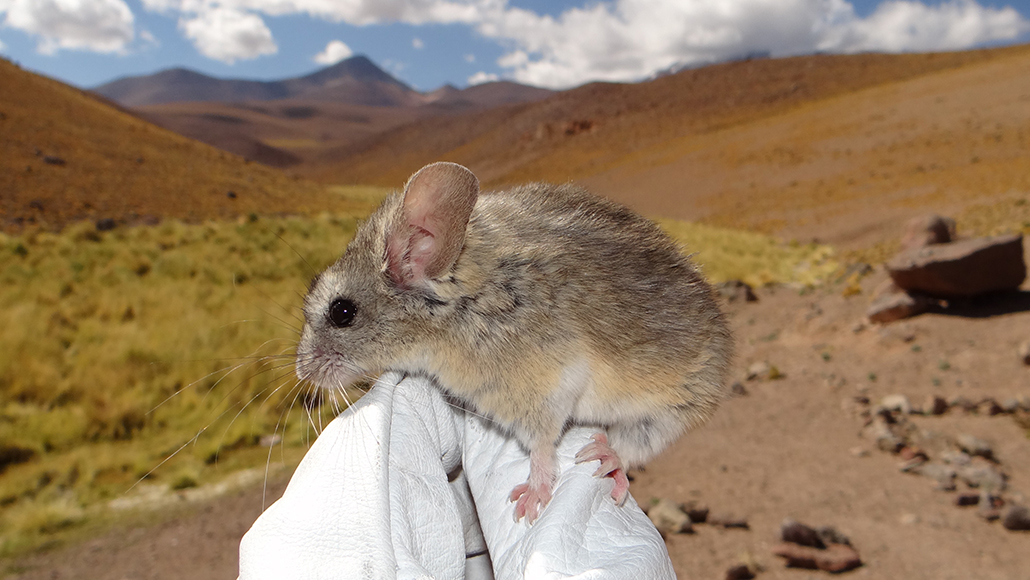
The Pacific pocket mouse was known historically at four localities in San Diego County: San Onofre, the vicinity of the Santa Margarita River Estuary, Penasquitos Lagoon, and the lower Tijuana River Valley. The only known extant Pacific pocket mouse population in Orange County occurs on the Dana Point Headlands, a historic Pacific pocket mouse locality that was discoveredĭuring the 1930s. The Pacific pocket mouse has been confirmed at two locales in Orange County: the San Joaquin Hills and Dana Point. There are three historic localities for the subspecies in Los Angeles County -Marina del Rey/El Segundo, Wilmington, and Clifton -but there are no records of the Pacific pocket mice in the county since 1938. The Pacific pocket mouse was known to inhabit coastal strand, coastal dunes, river alluvium, and coastal sage scrub growing on marine terraces recent survey efforts, however, have found the subspecies in sandy substrates within coastal sage scrub. Although individual Pacific pocket mice have been collected or observed in several plant communities, the subspecies has narrow habitat requirements and typically occurs on sandy soils. Pacific pocket mice occur on fine-grain, sandy or gravelly substrates in the immediate vicinity of the Pacific Ocean. Emergence from hibernation in spring correlates with availability of forb and grass seeds. In captivity, dormant individuals may show some activity each day within their burrows. Periods of dormancy have neither a daily or strictly seasonal pattern. During hibernation, the body temperature of pocket mice is slightly higher than, and varies directly with, the ambient temperature. Individuals become torpid when deprived of food for 24-36 hours. In contrast to other hibernators that accumulate fat reserves for hibernation, little pocket mice feed on seed caches stored in their burrows. They hibernate in winter, typically from September to April. Little pocket mice are among the smallest mammals known to hibernate. Hectares), and populations range in density from 0.4 to 2.2 individuals per acre. Little pocket mouse home ranges vary in size from 0.3-1.4 acres (0.1-0.6 While active above ground, little pocket mice have ranged up to 1,000 ft (305 m) from their burrows in a 24-hour period.

Little pocket mice may stay in their burrows continuously for up to five months in winter, alternating between periods of dormancy and feeding on stored seeds as well as hibernating under adverse conditions. It is likely adapted for burrowing or digging, but its burrows have limited capacity to store food. The Pacific pocket mouse has a high metabolic rate, continually needs food supplies while active, and loses heat rapidly. Like most other members of the Heteromyidae family, this subspecies is nocturnal. Pacific pocket mice primarily eat the seeds of grasses and forbs, but occasionally eat leafy material and soil-dwelling insects. The little pocket mouse produces one or two litters ranging in size from three to seven young in a year. Pregnant and lactating females have been found from April through June, and immatures have been reported from June through September. Little pocket mice live up to seven and one-half years in captivity and three to five years in the wild. Other family members include the spiny pocket mice ( Heteromys and Liomys ), pocket mice ( Perognathus and Chaetodipus ), kangaroo rats ( Dipodomys ), and kangaroo mice ( Microdipodops ). The tail, hind foot, and skull lengths and the size of skull structures are also the smallest of all little pocket mouse subspecies. This subspecies is the smallest member of the family Heteromyidae.

The Pacific pocket mouse ( Perognathus longimembris pacificus ) is one of 19 recognized subspecies of the little pocket mouse ( P.

The Pacific pocket mouse is among the smallest subspecies of little pocket mice, ranging up to 5.2 in (13.2 cm) in length from nose to tip of tail. The tail can be either distinctly or indistinctly bicolored. There are typically two small patches of lighter hairs at the base of the ear. The dorsal pelage is predominately brown, pinkish buff, or ochraceous buff. The little pocket mouse shows wide geographic variation in pelage color. The body pelage (hairy covering) of the little pocket mouse is silky. Loss of habitat feral/domestic cats non-native red foxes.Īll members of the family Heteromyidae are nocturnal granivores (animals subsisting on seeds or grain) with external, fur-lined cheek pouches. One or two litters a year, ranging from three to seven young. Pacific Pocket Mouse Perognathus longimembris pacificus Statusįine-grain, sandy substrates near coastal strand.


 0 kommentar(er)
0 kommentar(er)
